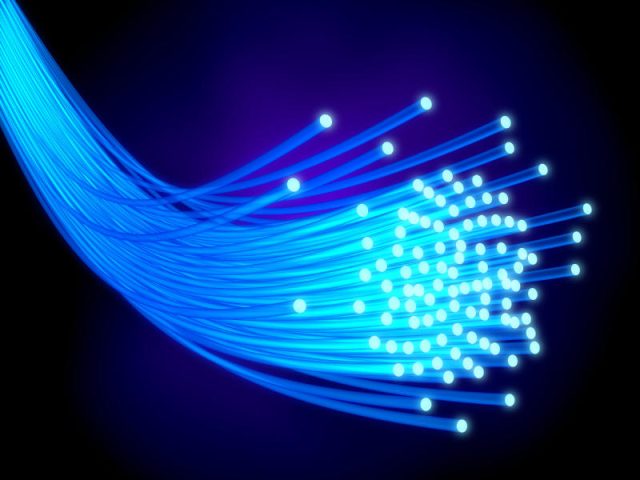650 phones are “a brick to us… Those are cases unmade, evidence unfound.”
Plus additional deals on desktops, monitors, No Man’s Sky, and more.

There’s a lot of free, ad-supported content on the internet. You can search the web, read the news, and watch cat videos for free. And even though Hulu is moving to a subscription-only service, you can still (legally) watch plenty of TV shows and movies without paying a penny.
But according to the Interactive Advertising Bureau, more than a quarter of folks surfing the web in the US are using ad-blocking software, and while plenty of people are willing to pay for some content (like Netflix or maybe the Wall Street Journal), there are a lot of people who aren’t paying for news… which has led some newsrooms to scale back operations, some popular blogs to close up shop, and other internet sites to take different approaches toward the challenge of trying to pay for the services they offer.
Continue reading Facebook plans to show ads even if you’re using an ad blocker at Liliputing.


There’s a lot of free, ad-supported content on the internet. You can search the web, read the news, and watch cat videos for free. And even though Hulu is moving to a subscription-only service, you can still (legally) watch plenty of TV shows and movies without paying a penny.
But according to the Interactive Advertising Bureau, more than a quarter of folks surfing the web in the US are using ad-blocking software, and while plenty of people are willing to pay for some content (like Netflix or maybe the Wall Street Journal), there are a lot of people who aren’t paying for news… which has led some newsrooms to scale back operations, some popular blogs to close up shop, and other internet sites to take different approaches toward the challenge of trying to pay for the services they offer.
Continue reading Facebook plans to show ads even if you’re using an ad blocker at Liliputing.

Werbung auf Facebook soll künftig nicht mehr durch Werbeblocker unterdrückt werden können. Gleichzeitig sollen Nutzer die angezeigte Werbung besser auf ihre Interessen einstellen können. (Facebook, Soziales Netz) 

Werbung auf Facebook soll künftig nicht mehr durch Werbeblocker unterdrückt werden können. Gleichzeitig sollen Nutzer die angezeigte Werbung besser auf ihre Interessen einstellen können. (
Facebook,
Soziales Netz)

Soylent makes a break for the breakfast table with “Coffiest” and “Soylent Bar.”
In an effort to squeeze more storage capacity into flash storage, companies have been developing 3D NAND technology which stacks memory cells on top of one another to increase storage densities.
Now Micron has introduced its first 3D NAND memory optimi…

In an effort to squeeze more storage capacity into flash storage, companies have been developing 3D NAND technology which stacks memory cells on top of one another to increase storage densities.
Now Micron has introduced its first 3D NAND memory optimized for mobile devices, which means we could start seeing the technology used in smartphones.
There are already some solid state disks on the market that use 3D NAND, but most are aimed at desktop, notebooks, or servers.
Continue reading Micron unveils 3D NAND flash storage for smartphones at Liliputing.

ISP promises “competitive” price, will compete against Google Fiber, AT&T.
Vulnerability common to devices routing IPv6; Cisco offered partial fix in July.
Rucksäcke gibt es von HP schon lange – meist Werbegeschenke oder einfaches Zubehör ohne besondere Funktion. Der Powerup Backpack ist direkt für den technisch interessierten Nutzer gedacht, der beim Tragen damit seine Geräte aufladen kann. Aber nicht jedes Notebook kann versorgt werden. (HP, Notebook) 

Rucksäcke gibt es von HP schon lange - meist Werbegeschenke oder einfaches Zubehör ohne besondere Funktion. Der Powerup Backpack ist direkt für den technisch interessierten Nutzer gedacht, der beim Tragen damit seine Geräte aufladen kann. Aber nicht jedes Notebook kann versorgt werden. (
HP,
Notebook)

Venezuelan tweeter says short clips were legal under local laws—Twitter disagrees.



 Werbung auf Facebook soll künftig nicht mehr durch Werbeblocker unterdrückt werden können. Gleichzeitig sollen Nutzer die angezeigte Werbung besser auf ihre Interessen einstellen können. (
Werbung auf Facebook soll künftig nicht mehr durch Werbeblocker unterdrückt werden können. Gleichzeitig sollen Nutzer die angezeigte Werbung besser auf ihre Interessen einstellen können. (



 Rucksäcke gibt es von HP schon lange - meist Werbegeschenke oder einfaches Zubehör ohne besondere Funktion. Der Powerup Backpack ist direkt für den technisch interessierten Nutzer gedacht, der beim Tragen damit seine Geräte aufladen kann. Aber nicht jedes Notebook kann versorgt werden. (
Rucksäcke gibt es von HP schon lange - meist Werbegeschenke oder einfaches Zubehör ohne besondere Funktion. Der Powerup Backpack ist direkt für den technisch interessierten Nutzer gedacht, der beim Tragen damit seine Geräte aufladen kann. Aber nicht jedes Notebook kann versorgt werden. (